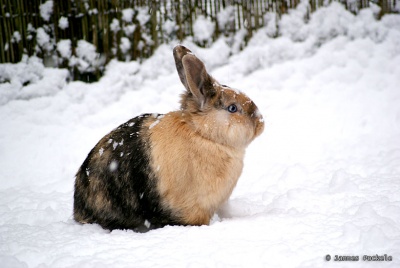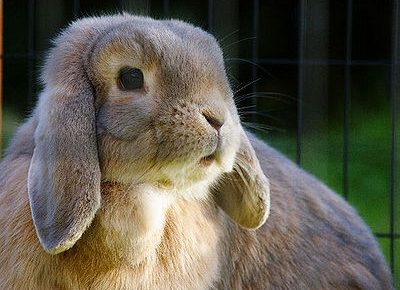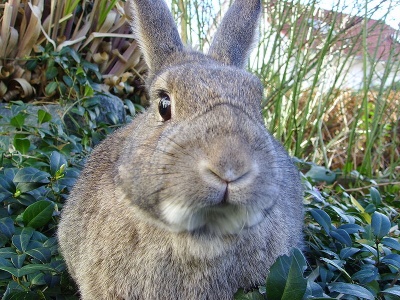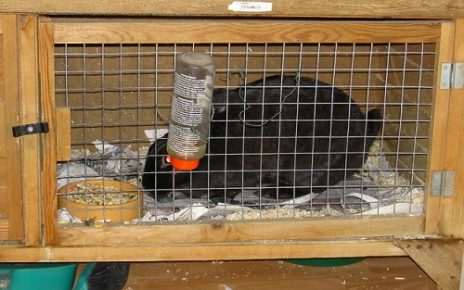
Rabbits are hardy pets. They enjoy cooler temperatures but shouldn’t be exposed to any weather extremes.
If you keep your rabbit outdoors, place the cage in a protected spot like a fence or a wall, away from the wind. The back and sides of the cage should be covered to protect from wind and rain or snow. In a severe storm, the top of the cage should be covered making sure your rabbit has enough fresh air to breathe.
Add extra hay to the cage for comfort and insulation. A nest box provides your rabbit with an area where he can be protected from the elements.
Ideally, you can bring your rabbit indoors when the temperature plummets or it’s storming. Just make sure the cage is away from any heating elements. Keep your rabbit in the coolest part of the house.
You can place the cage in your garage if you have one. A word of caution though, be sure the area is well ventilated and free from any fumes.
Whatever the weather, the cage needs regular cleaning. Your rabbit’s water bottle needs to be checked several times daily to make sure the water hasn’t frozen. It’s very important for your rabbit to always have fresh water available. Rabbits cannot eat without water and can starve to death even licking frozen water. Add extra food as well to keep your rabbit warm.
If you take your indoor rabbit out to play in the snow, make it only for a brief period. Rabbits can suffer from frostbite and hypothermia, especially those that are used to being indoors.
Check your local pet shops for water heaters and safe heating pads to put in the cage.
The ideal temperature for your rabbit is 47-55 degrees fahrenheit all year. So check outdoor temperatures. If it’s too cold for you, it’s probably too cold for your rabbit.
Another caution – always watch out for predators.



